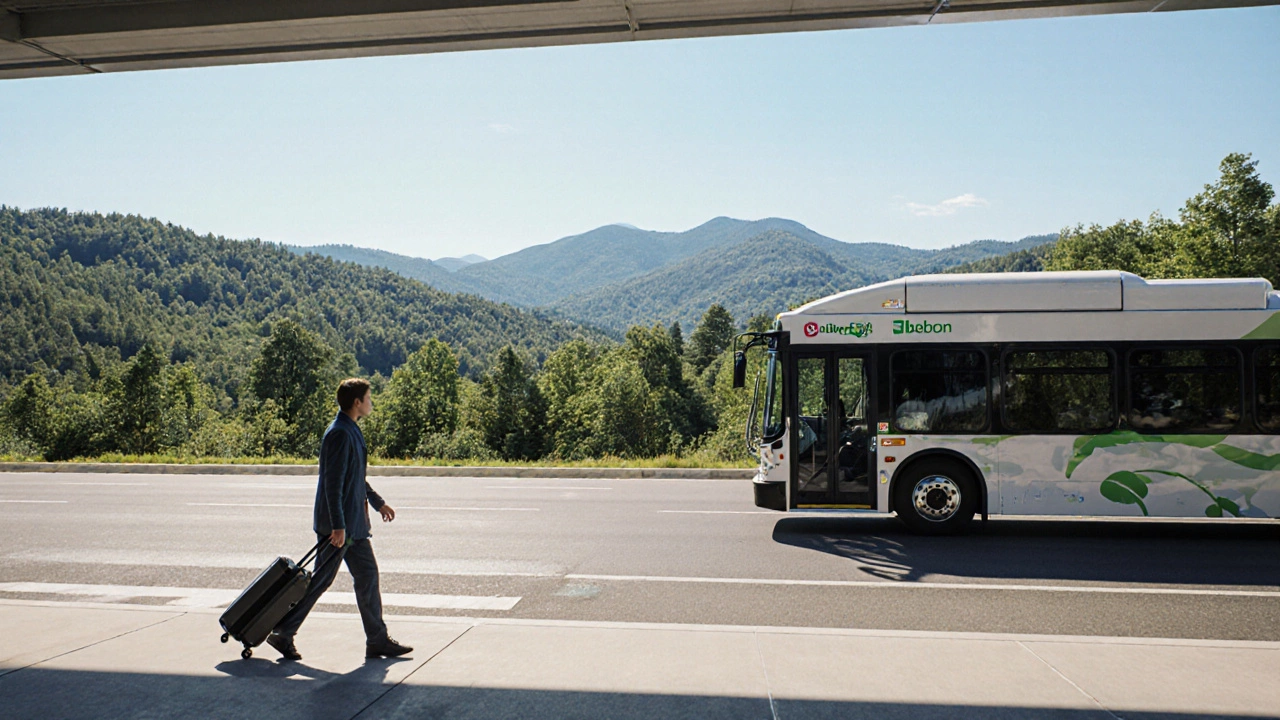Lowest Carbon Emissions State: Guide to Sustainable Living and Travel
When exploring lowest carbon emissions state, the region that records the smallest amount of greenhouse gases released per capita or per unit of economic output. Also known as most climate‑friendly state, it often leads the way in renewable energy adoption, green building standards, and low‑impact tourism. This concept isn’t just a stat on a chart – it shapes how homes are built, how travelers choose where to stay, and how governments plan for the future.
Why Low‑Carbon States Matter for Travelers
Travelers who care about their footprint look for places where lowest carbon emissions state policies translate into real experiences. Expect to find public transport powered by wind or solar, hotels that track and offset their energy use, and restaurants that source local, seasonal food. All of these pieces work together to keep the total carbon output of a visit as low as possible.
Understanding carbon emissions, the total amount of CO₂ and other greenhouse gases released into the atmosphere from human activities. Also called greenhouse gas output, they’re measured in tonnes per year. In a lowest carbon emissions state, the average resident produces far fewer tonnes than in a high‑emission region, thanks to cleaner power grids and stricter building codes.
One of the biggest ways a state can cut its carbon emissions is through green building, the practice of designing, constructing, and operating structures to reduce energy use, water waste, and material impact. Also referred to as sustainable construction, green building lowers both operational and embodied carbon. A state that pushes green building codes forces developers to choose insulation, windows, and heating systems that consume less energy, which directly drops the overall carbon budget.
For visitors who want to live the low‑impact lifestyle, tiny house, a compact dwelling typically under 400 sq ft that uses fewer materials and less energy to heat and cool. Also known as micro‑home, a tiny house exemplifies low embodied carbon because it requires fewer resources to build and can often be powered by rooftop solar. In a lowest carbon emissions state, tiny house communities are encouraged with relaxed zoning rules and community solar options.
These three entities – carbon emissions, green building, and tiny houses – are tightly linked. The state’s policy framework (semantic triple: lowest carbon emissions state requires strong green building codes) reduces the overall carbon output. Green building reduces carbon emissions (semantic triple: green building lowers carbon emissions). Tiny houses demonstrate low‑embodied carbon (semantic triple: tiny house exemplifies low carbon footprint). Together they create a feedback loop where each improvement reinforces the next.
Beyond homes, the lowest carbon emissions state often promotes eco‑friendly travel options like glamping sites that use solar‑heated water, or cottage rentals that earn energy‑star ratings. If you love the idea of staying in a cosy cottage while keeping your carbon badge clean, you’ll find plenty of listings that fit the bill. The posts below dive into everything from cheap eco‑friendly house builds to the nitty‑gritty of green building downsides, so you’ll have a toolbox of ideas for your next stay or project.
Ready to see how these concepts play out in real‑world examples? Scroll down to explore guides on building cheap eco‑friendly houses, understanding the trade‑offs of green buildings, and mastering tiny house design – all with the goal of keeping that carbon number as low as possible.
Which US State Is the Greenest? A Data‑Driven Ranking for 2025
Explore the 2025 ranking of the greenest US state, see why Vermont leads, and get practical tips for eco‑friendly travel.
- Oct, 9 2025
- 0 Comments
